
If someone who has been running says they have shin splints or their feet hurt, it’s almost instinct for someone to say, “You need different shoes or a pair of insoles”. Boom! It’s a quick and easy fix for someone who’s feeling pain from running. But it’s not a fix; it is merely a crappy Band-Aid. The shoe industry makes millions upon millions a year thanks to people logging in the miles to wear out pairs of shoes, as well as those who simply keep trying out new shoes and insole products to see what will actually work for them. When the five-finger craze came about, tons of people just had to try them because the minimalist fad was taking over. People transitioned from the comfy padded shoes with raised heels they had been wearing their entire lives to a rubber toe-sock. What happened? A lot of people got injured. Even those who took the advice to start out very slowly got injured as they progressed their distance and intensity. Easily one of the biggest complaints I hear from athletes from all backgrounds is that they have “plantar fasciitis” or their feet and ankles hurt. It usually begins in a sharp pain/pulling at the bottom of their feet, and/or shin splints. So the course almost always taken is to buy a pair of insoles with more arch support or a pair of shoes with more support and padding. Sometimes it will completely fix the “problem” because they don’t ever increase their mileage or intensity. Most of the time it only fixes it temporarily and the pain becomes fairly bad and leads to a more serious injury.
The real question to ask when it comes to insoles and shoes for support is, “why do you need the support?” When we look at products for runners who over pronate (land on the inside of the foot) and have shin splints, we will always see the mention of “arch support”. Should the arches of your feet need support? The answer is no, absolutely not. If you look at a stable arch, it’s just that: an actual arch. The arch is a seriously strong web of muscle, fascia, ligaments, and tendons that are able to withstand ballistic load, acting as a spring of sorts to return energy or produce it when needed. But if we look at the arches of many people, they’re way flatter than what a stable and fully functioning arch looks like. Thanks to modern shoe wear, we have been wearing super padded shoes with raised heels since we could walk. If the foot is constantly padded so the arch doesn’t need to stretch and rebound like when barefoot, and the heel is raised, the body usually adapts very well and will simply weaken the muscles of the arch and shorten the heel cord. So when people begin running, often times their feet and shins hurt because their feet are weakened and are receiving some serious abuse it hasn’t been conditioned for.
When we’ve got flat feet, we have a huge indicator for very tight calves and a good predictor for knee problems. The muscles on the bottom of our feet are overstretched, aggravated, and weak which equates to flat feet. This pulls the Achilles heel off axis, which is already shortened; so now it’s ability to provide a stretch reflex function like in running and jumping is very compromised. You’ll most likely notice people with unstable arches will also have bone spurs on the back of their feet near their Achilles heel, due to the body adapting to this change and building bone mass to try and compensate. Flat feet also put the knee in a compromised position, leaning inward (valgus). Every single step, jump, and squat performed will almost always land the knee in a bad mechanical position. So if you wonder why so many runners have knee problems, it’s due to hundreds of thousands of repetitions wearing down the knee from shearing movement.
One great example of the awareness of this correlation is in the NFL. When scouts are looking to draft college football players for their teams, they check out their feet. They look at the navicular bone on the inside of the foot. If that bone is touching the ground or closer to it than it should (a.k.a. a navicular drop) that prospect instantly gets moved down the list of potential recruits, no matter what their stats and numbers are. Why is this? Because through decades of experience, the scouts have realized that a navicular drop/flat feet of an athlete has a much higher correlation and risk of a knee injury, usually in the form of an ACL tear. An athlete’s ability to quickly change direction with flat feet is severely compromised because the foot is not able to provide a stable platform to produce torque in the right direction.
What also happens when you have very flat feet? More awesome bone formations such as corns and bunions. Like we said, bone spurs and growths on the heel are the product of your body’s amazing ability to adapt to the heel cord being pulled off-axis. Coupled with the fact that many people (mostly women) are squeezing their feet into shoes that are too tight for their toes, a flat foot is going to constantly roll/lean inward at each step and cause contact and weight bearing on the side of the foot that isn’t normal. So what happens? Growths and formations of callus and bone in order to withstand the abuse!
Solutions
1. Stop wearing shoes with heels: Crap, I know. That literally means I would want ladies to quit wearing heels to work. Walking on stilts is silly when you really think about it. But you severely throw off the mechanics of your body from your feet all the way up your spine. There’s a reason heels are uncomfortable, because they’re not good for you. But this also applies to guys who wear heels too. Dress shoes and most sneakers have a huge raised heel. You can start off slow with shoes that have a much smaller heel. Walk around in those for a while, start some jogging in them. Eventually you will want to switch to shoes that have no raised heel. There are companies that make dress and business shoes with no heel-toe differential, and plenty more with a very small heel.
2. Stop wearing massively padded shoes: These shoes almost always have a raised heel as well. But the more padding acting as support you have, the less actual work your feet are doing, and the weaker and more prone to injury they will be. Once you actually strengthen your feet, I promise you will no longer find those shoes comfortable.
3. If you walk like a duck, cut it out: We aren’t ducks, stop walking like one. Pointing your toes out is the body’s way of properly trying to find tension in your step. But if you walk with your feet out, you’re still collapsing your arch, causing the issues we talked about. You also won’t be able to produce as much force when walking, running, jumping, and squatting/lunging. Consciously start walking with your feet straight. All the steps you take throughout the day are tens of thousands of repetitions you can either perform well or crappy. Thousands of steps a day and hours of moving in the right pattern will make the biggest difference in change.
4. Take care of your feet: Yes I know, most of us think feet are weird and nasty. But you still need to take care of them. You need to spend time every day stretching out your feet, smashing them with a foam roller, lacrosse ball, or worse. You need to take care of the nasty tissues you have abandoned your entire life. Get on MobilityWOD.com and take care of your issues!
5. Last but not least, quit heel striking! People continue to run and continue to hurt themselves doing the same crap. So why continue doing the same thing that you know hurts you? You need to move more efficiently, and that definitely means stop heel striking when you run.


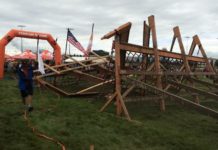











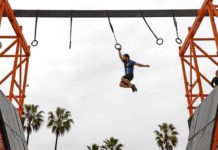
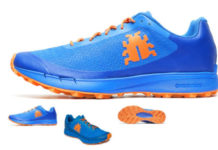
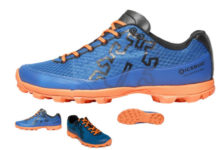

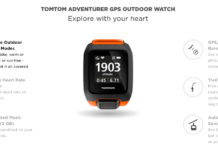

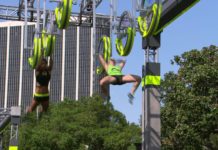






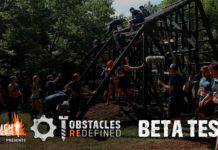


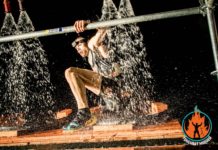
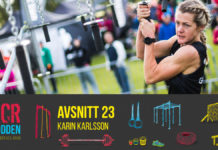


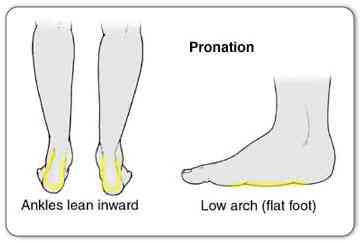
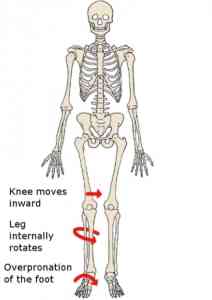
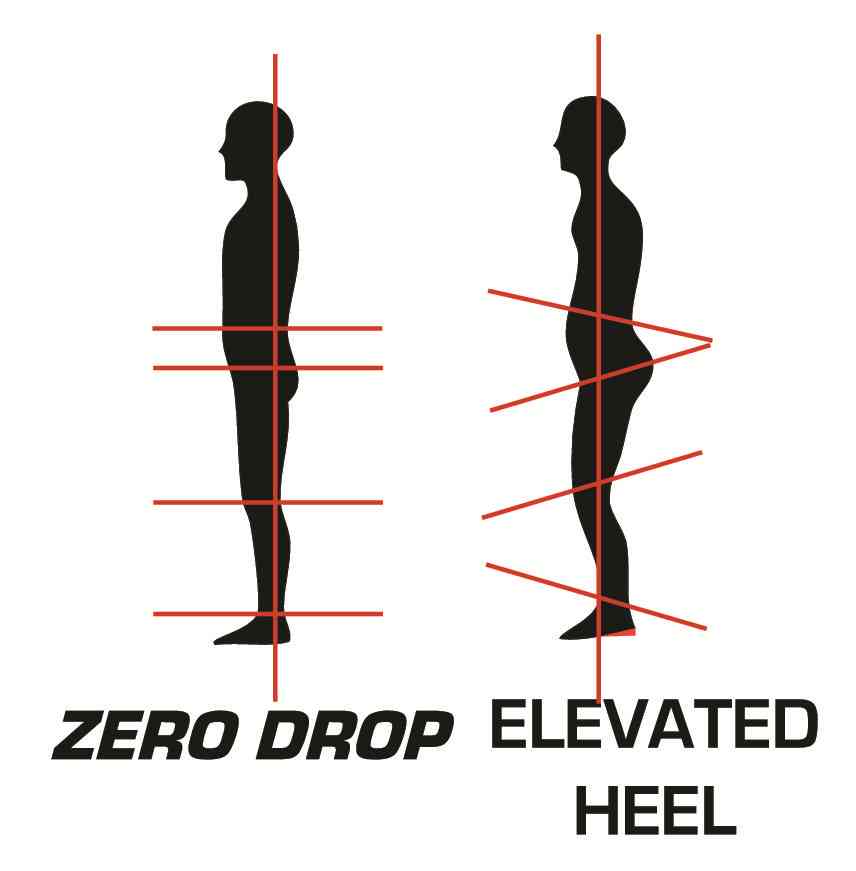

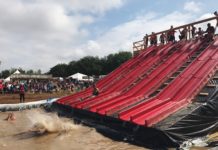










Fantastic Article and well said! This is an incredibly important topic in the athletic community and I had to seriously bite my tongue while listening to an 18 year veteran of competitive hurdling tell her students that new and supportive shoes would help with their shin splints. The shoe industry has completed brainwashed even some of the best and brightest athletes out there so articles and insight like yours is sorely needed. Keep it coming!